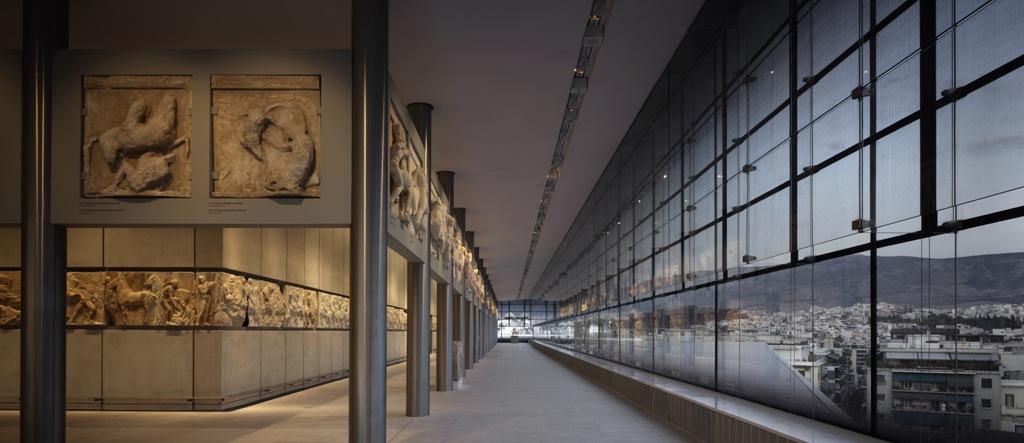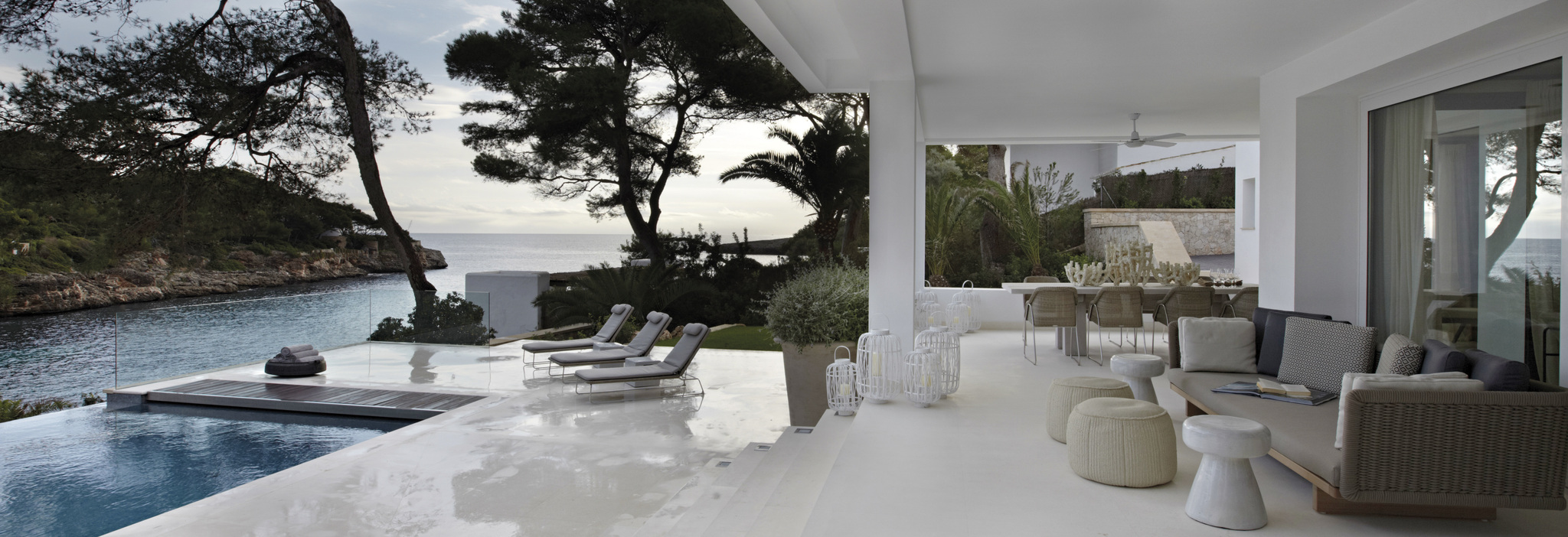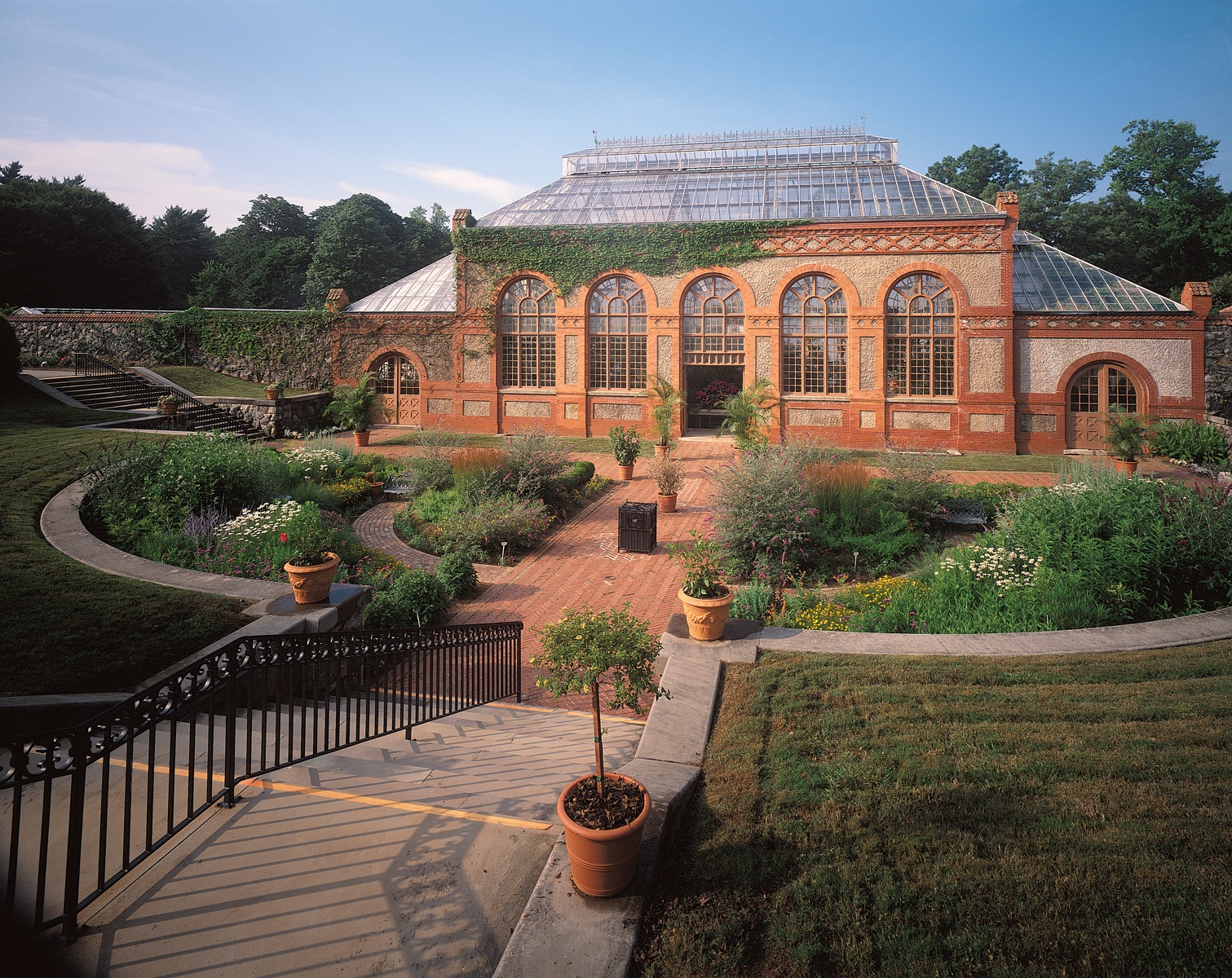The design of the New Acropolis Museum in Athens by Bernard Tschumi Architects is divided into three parts, each responding to specifics of the site.
But the overall experiential theme is based on light, access and transparency.
The lowest level is devoted to revealing and celebrating archeological excavations that reach back 3,000 years. The middle or entry level relates to the grid of streets of a contemporary city. And the upper level is aligned precisely on an east-west axis, to mirror the temple to Athena less than a thousand feet away.
The top two slabs are supported by sixty-three columns of poured concrete. A visitor arriving at the central level is able to look down among them at the artifacts below their feet.
“You walk over the excavations and look through a glass floor to see them,” says Joel Rutten, project architect. “It’s one-inch thick tempered safety glass. You can look through it, and it allows light in.”
On top of it all is a rectangular glass box of a gallery that contains the Parthenon’s pediments, caryatids and frieze, all displayed among concrete support columns. “The walls are the same dimension as the cella of the Parthenon,” he says “We wanted to exhibit it in the same rectangular wall that was the same size as the Parthenon. It has exactly the same light.”
The architects used concrete for interior walls as well as columns. “We wanted the best, and a very fine finish on it,” he says. “The color was chosen with care – it’s a cool, very light gray. The concrete on the columns and walls absorbs light, while the marble of the sculptures reflects it.”
Floors in the gallery are also of a light-hued marble, to reflect light onto the sculptures, while circulation paths are a darker tone of the stone.
The entire structure rests on an earthquake-resistant suspension system that separates the building from the ground. “It’s kind of like two big rubber bands, one that’s concave and the other convex,” he says. “It’s two pieces of metal with a layer of Teflon. It the earth is moving, the building moves less.”
Luckily, there’s been no need to test that system yet. But certainly, the building has passed the test of accommodating its fans – with flying colors. “It had one million visitors in its first four months,” the architect says. “It’s seen more than two million in its first year.”
Little wonder.
For more, go here.



